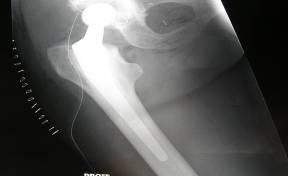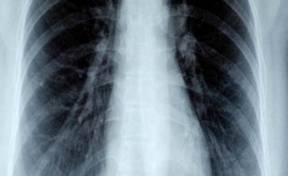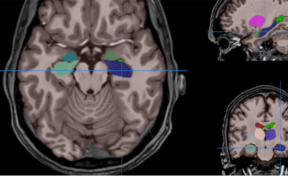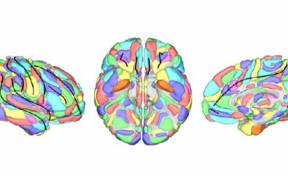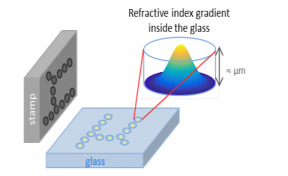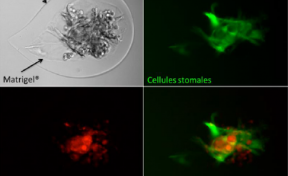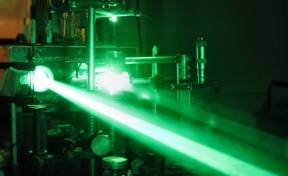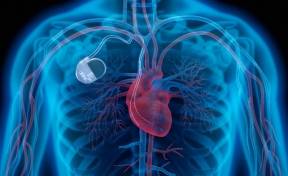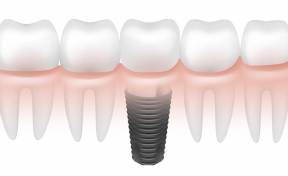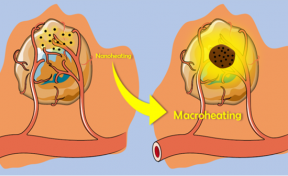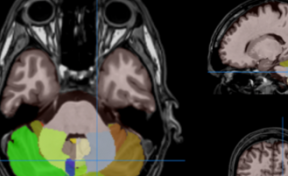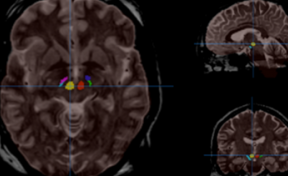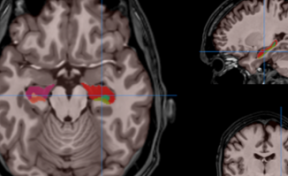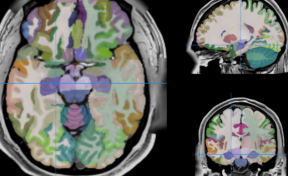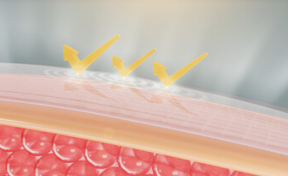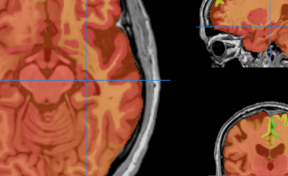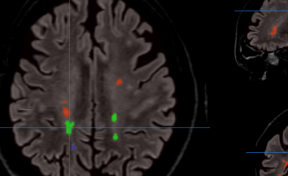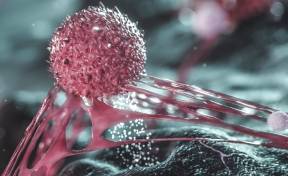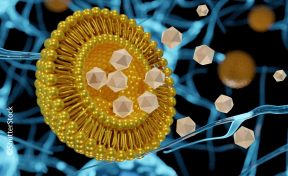
Plasmid plug & play : User-friendly plasmid for iterative cloning of long dna fragment

Domain Health and wellbeing
Technology Genomic engineering
Challenges
There are now a large number of plasmids designed for cloning. The vast majority of these plasmids are tools inherited from one team to another and adapted to a targeted problem. All are based on the use of a Multiple Cloning Site (MCS), composed of about fifty unique enzyme restriction sites, allowing linearization of the plasmid.
This simple design is more than sufficient for the majority of unit cloning of small fragments (<10 kb). However, it becomes limiting as soon as it is necessary to multiply the cloning steps for long DNA fragments that cannot be assembled at once or even for successive research projects requiring reworking the same already modified plasmid.
Indeed, the unique restriction sites used for cloning are almost always destroyed by the assembly step. Also, the addition of sequences in the initial cloning vector is very likely to add supernumerary copies of the unique restriction sites, rendering them unusable due to the loss of their specificity. This probability increases with the size of the inserted sequence. Therefore, most plasmid can only be used once or twice for cloning,
Innovative solution
An optimized « ready-to-use » plasmid construction allowing iterative cloning,
APPLICATIONS
-
Iterative cloning
-
Molecular biology tool
-
Long DNA fragment
-
PKS NRPS system
COMPETITIVES ADVANTAGES
-
Reusable Plasmid (Eternal MCS)
-
Save time and cost
-
Combinatorial Cloning (without scar)
-
Ideal for long DNA fragment
-
Easy to use, no molecular biology expertise needed
-
Convenient core plasmid : shuttle
DEVELOPMENT STATUS
POC on polymyxin variants
- Planned to be done :
- Design of the plasmid body
- Design of the cloning site for GC rich and GC poor DNAs
- Test on different models.
How it works
The plug and play plasmid is a classic cloning system which increases the reusability factor. It is a combination of restriction site sequences which are :
- Not destroyed during simple cloning
- Rare, and therefore less often duplicated during successive cloning steps
- Organized in such a way as to allow the reassembly of fragments without generating "scar" sequences, that is to say, small unwanted sequences which may interfere with the phenomena of transcription and translation of genes.
The method presented here has the other advantage of being based on a small number of highly detailed cloning. This is reflected in particular by partially designed PCR oligonucleotide sequences for Gibson-type assemblies and precise protocols concerning the steps of the cloning process. This guarantees the user:
1) A lower chance of mis-designing of the cloning.
2) High robustness over most of the cloning stages.
Inventors
Developed by a research team of LIENSs
IP
Patent to be deposed
PARTERSHIPS
License and/or Co-financing
Partnership to integrate into a Gibson type assembly kit
Contact
Jean-Luc CHAGNAUD
%6a%6c%2e%63%68%61%67%6e%61%75%64%40%61%73%74%2d%69%6e%6e%6f%76%61%74%69%6f%6e%73%2e%63%6f%6d
+33 (0)5 33 51 43 26



